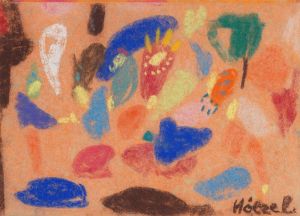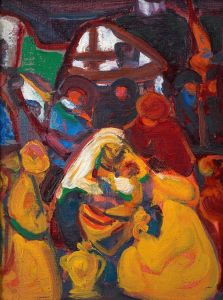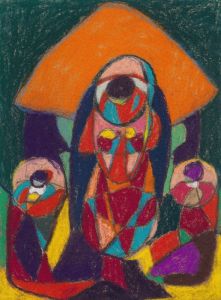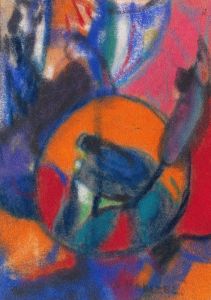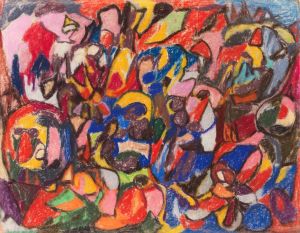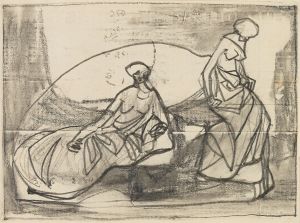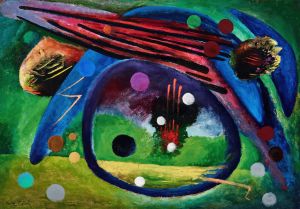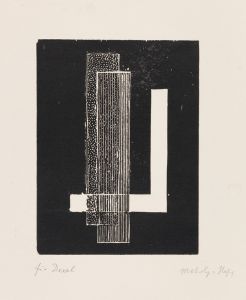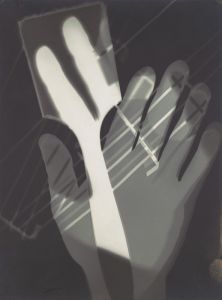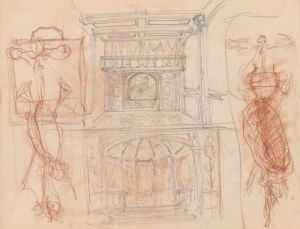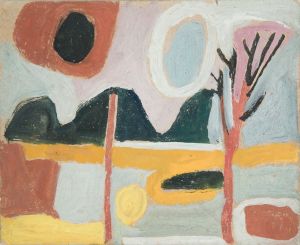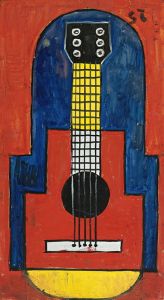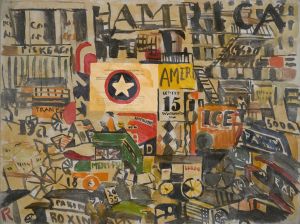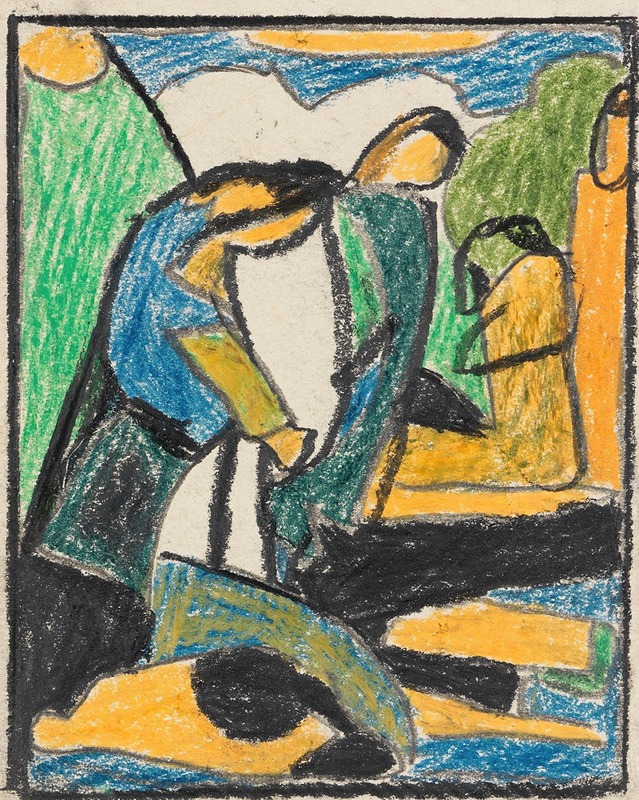
Figurale Komposition
A hand-painted replica of Adolf Hölzel’s masterpiece Figurale Komposition, meticulously crafted by professional artists to capture the true essence of the original. Each piece is created with museum-quality canvas and rare mineral pigments, carefully painted by experienced artists with delicate brushstrokes and rich, layered colors to perfectly recreate the texture of the original artwork. Unlike machine-printed reproductions, this hand-painted version brings the painting to life, infused with the artist’s emotions and skill in every stroke. Whether for personal collection or home decoration, it instantly elevates the artistic atmosphere of any space.
Adolf Hölzel (1853-1934) was a German painter and art teacher, recognized for his contributions to abstract art and his role in the development of modernist movements in Germany. One of his notable works is "Figurale Komposition," which translates to "Figurative Composition" in English. This painting exemplifies Hölzel's innovative approach to form and color, reflecting his theoretical explorations and pedagogical practices.
Hölzel was born in Olomouc, Moravia, and studied at the Academy of Fine Arts in Vienna and the Academy of Fine Arts in Munich. His early works were influenced by Impressionism, but he gradually moved towards abstraction. In 1905, he became a professor at the Stuttgart Academy of Fine Arts, where he influenced a generation of artists, including Oskar Schlemmer, Willi Baumeister, and Johannes Itten.
"Figurale Komposition" is a significant piece within Hölzel's oeuvre, showcasing his transition from representational art to abstraction. The painting is characterized by its use of geometric shapes and vibrant colors, which create a dynamic and harmonious composition. Hölzel's interest in the spiritual and emotional effects of color is evident in this work, as he believed that color could evoke specific feelings and moods.
Hölzel's theoretical contributions to art were substantial. He developed the "Hölzel Circle," a pedagogical method that emphasized the importance of color theory, form, and composition. His teachings laid the groundwork for future developments in abstract art and influenced the Bauhaus movement. Hölzel's approach was holistic, integrating elements of music, nature, and spirituality into his art and teaching.
"Figurale Komposition" reflects Hölzel's belief in the autonomy of art. He argued that art should not merely imitate nature but should instead express the inner essence of the subject. This philosophy is evident in the abstract forms and bold use of color in the painting, which convey a sense of movement and energy.
Throughout his career, Hölzel participated in various exhibitions and was a member of several art groups, including the Berlin Secession and the Munich Secession. His work was well-received by his contemporaries, and he played a crucial role in the development of modern art in Germany.
In summary, "Figurale Komposition" by Adolf Hölzel is a testament to the artist's innovative spirit and his contributions to the evolution of abstract art. The painting embodies Hölzel's theoretical and pedagogical principles, highlighting his belief in the power of color and form to convey deeper meanings. As an influential figure in the art world, Hölzel's legacy continues to inspire and inform contemporary artistic practices.





